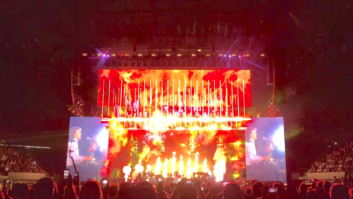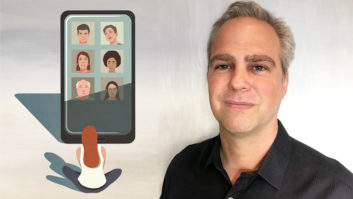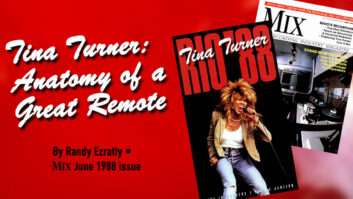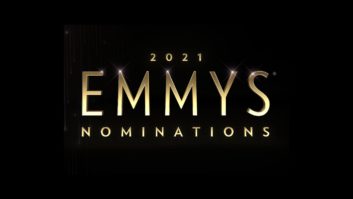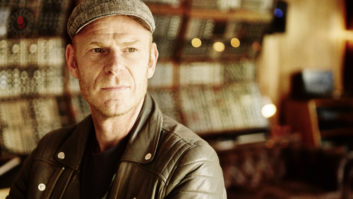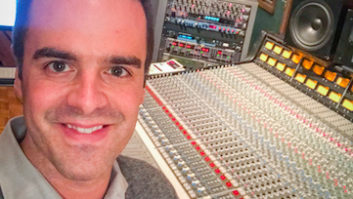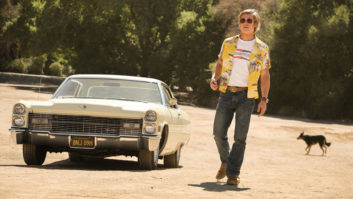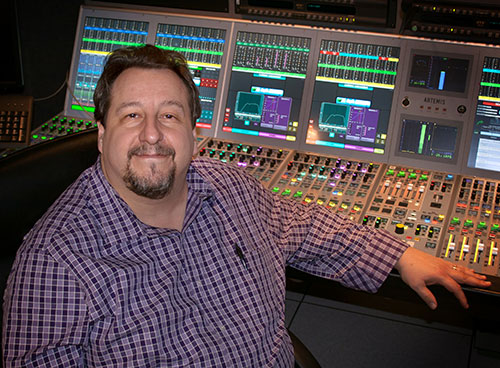
Paul Special is a freelance broadcast music mixer who is regularly found mixing bands for ABC’s Good Morning America at Times Square Studios in New York. He also mixes music for other ABC shows including The View, as well as shows for different networks like 106 & Park for BET, and You Oughta Know for VH1, and Front and Center for PBS. As part of the Good Morning America team, Special and the show have been nominated for and won multiple Emmy awards. He loves to mix music, no matter the program. He sits daily at a Calrec Artemis board. Here’s what he has to say:
What career path did you take to end up where you are today?
I started at Record Plant Studios here in New York City where our main focus was rock and pop records. My journey into TV and live production came about because Record Plant had two remote trucks, and I started doing a lot of work on those trucks for live records and specials like Live Aid, Farm Aid, Woodstock 94 & 99 and the Rock and Roll Hall of Fame Opening Concert. I learned a lot, not only about live recording, but also about TV production. Over time I began to work on less studio records and more live concerts, and live TV shows where music was an integral part of the show. I got involved with Good Morning America around 2000.
I still occasionally do studio records mostly for up-and-coming artists Like Tom Nieman, The Walking Tree and Robert Hill. But somehow I’ve always ended up coming back to the live element in some sort of video/TV aspect.
There is a lot of buzz around various networking protocols at the moment.
The biggest problem is there are many different protocols, and sometimes it can be daunting to choose one protocol and commit. There’s a lot of players in the field such as Rocknet and Dante, and those platforms have real footholds. Companies like Calrec are realizing it’s not just an audio desk; it’s a router. That’s very much in line with what you’ll find in any broadcast facility, the idea of being able to route signals from any point to any other point easily and efficiently. We’re on one big Hydra2 network with full network control and more capabilities available to us.
The whole aspect of Hydra2 being able to port from one interface to another and not go through the board is great. A big part of my workflow involves the music inputs and performance microphones coming through my mic pre’s, but I also send an ISO to the production mixers as they need that performance microphone for an interview, which will need to be gained and EQ’d differently. In the past I would have to take a port or direct out of a channel, go to a DA, and either line trim up or down depending on what they need. Now I just take the mic pre and send it to my desk and then take the mic pre and send it to their desk and we’re both happy. He can gain it how he wants with a trim and I’m still dealing with the mic pre and it works out great. In my opinion the Hydra2 mic pre’s are as good as any mic pre I’ve heard. They are super clear, very transparent and the transient response is fantastic.
What challenges do you face when mixing a news/entertainment show?
The biggest challenge is the schedule—the 1 a.m. start is rough! We deal with a lot of inputs. A typical act would be anywhere between 32 to 48 inputs, the super-groups may have 70 to 80. We do a one-day wonder; we walk in at 1 a.m., set everything up, soundcheck it, do the show, tear everything out, and we’re done by 11 a.m. When you’re dealing with an act with 80 inputs, that’s a lot of work to get done in a short amount of time. I can set up a few basic starting shows on the board that cover most of my I/O needs and processing for about 90 percent of what I’m doing.
Today we can handle a huge amount of I/O. Right now my rig has 96 mic pre’s, 64 channels of analog I/O, 96 channels of mic splitters, six MADI boxes both with 128 in/outs and 96 channels of AES I/O. That’s hundreds of I/O streams. I have a 128-track Pro Tools rig, as well. The kind of I/O we have hooked up to the Artemis is staggering.
Has the way you mix changed to cater for an audience that now watches on mobile and handheld (tablet) devices?
There are some changes I wouldn’t normally do in a studio record mix. I’ll tend to push the low frequencies more for a broadcast mix to get a nice sense of air moving as people tend to be listening on smaller speakers. Also I’ll minimize my stereo spread so if someone is only hearing one channel it still makes musical sense.
What do you think the future holds for broadcast technology?
AoIP and audio networks based around routing capability over mixer-surface capability is definitely in the next three to five years, especially in the major networks. The idea of a centralized hub that all the I/O in the building comes into, and all those resources shared by the different control rooms in the building—or even the wider network outside of the building—is already happening.
